Australia is home to more than 1.2 million people of Chinese ancestry, according to the 2016 census. Of these, two in five (41 per cent) are recent migrants who were born in China. Chinese immigration to Australia has a long and illustrious history that started back in the 19th century and continues today. Naturally, it has made a significant contribution to the history and culture of Australia.
In this article, we will take a look back in time to see how the first settlers from China made it to Australia, how they lived, and how they created one of the largest communities in Australia. To learn more about Chinese culture, you can also catch up on our Cultural Insights series here.
The first settlers, the 1820s.
The first wave of actual migration started in 1840, however, about 18 early Chinese settlers had immigrated to Australia two decades before that.
The earliest known Chinese immigrant was Mak Sai Ying (John Shying) from Guangzhou, Canton, who arrived in Sydney in 1818. He arrived at Port Jackson on the ship “Laurel”, a part of the East India Company fleet. John Shying was a free settler, he purchased land in Parramatta, and in 1829 he was granted the licence for The Lion public house. His descendants became cabinet makers and undertakers in Sydney.
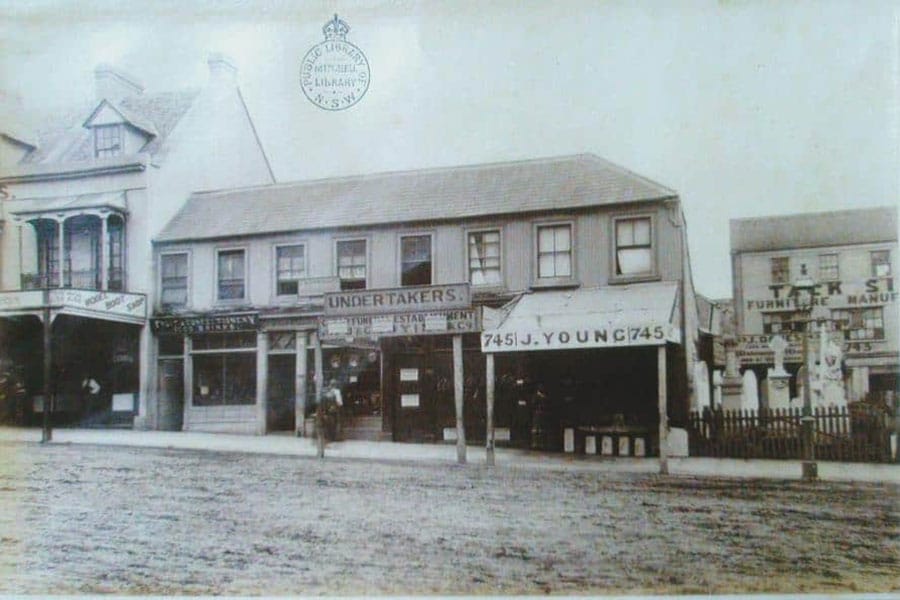
Indentured labour,1848-1853
Upon establishing a colony, and developing agriculture, there was an increasing demand for labour in the early Sydney Town. A large number of indentured labourers were then brought from Fujian province in China to work as shepherds and irrigation experts for private landowners and the Australian Agricultural Company.
The pursuit of cheap labour backfired, sparking public protests which further escalated into racist opposition towards the Chinese immigrants.
Unfortunately, not many records on the Chinese employees of the time still exist. It is known that some of the workers returned to China after finishing their contracts and some stayed, settling down and starting families in New South Wales.
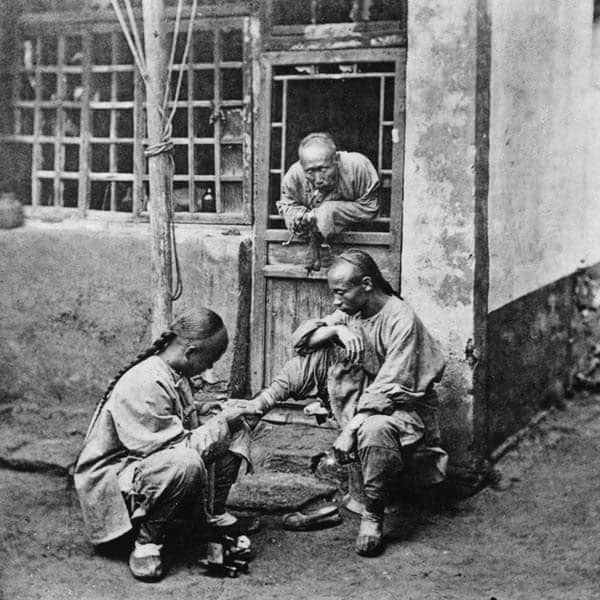
Gold rush, the 1850s–1860s
The period of the 1850s to 1860s witnessed the largest pre-federation Chinese migration to Australia.
Since gold was discovered in Australia in 1851, the news was quick to spread internationally and reached southern China. As a result, starting in 1853, up to 40,000 Chinese immigrants travelled to Victoria by boat to work in the goldfields.
They were not independent travellers, but large sponsored migrant groups. Many left behind their families, hoping to discover gold to build a better life for themselves and support their families back home. But the reality does not always meet the expectations and hardly anyone was lucky to find a “golden hill”. The majority ended up unsuccessful, suffered a harsh life and faced a lot of racial hostility from the European settlers.
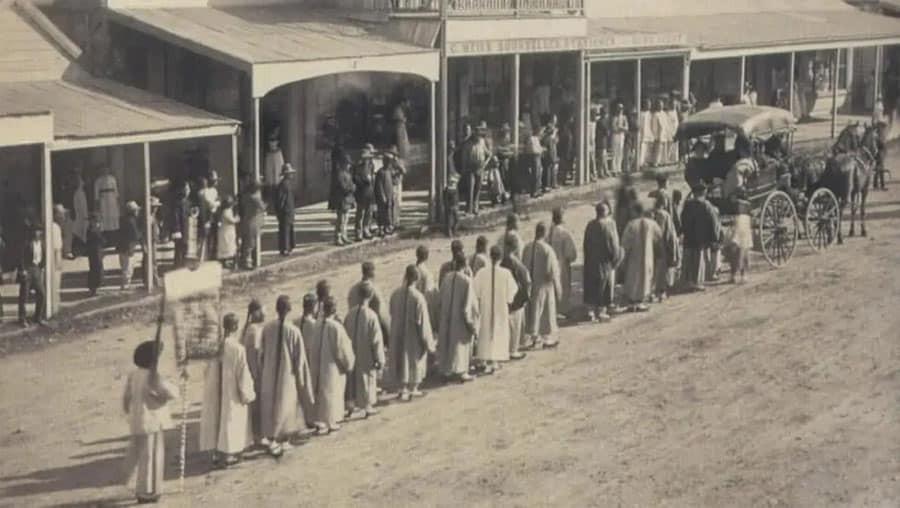
Racial prejudice and riots
By 1857 the Chinese miners outnumbered the European miners by at least 3 to 1 at the diggings in Victoria. The prevalence of Chinese workers at diggings resulted in anti-Chinese agitation and violent clashes. The violent riots took the lives of a number of Chinese workers.
Various Chinese societies existed then, which tried to help the Chinese immigrants with settlement and integration into Western society. But unfortunately, they couldn’t help combat the ethnic prejudice and hostile attitude of the European miners.
The Australian government of the time took an immediate decision and passed an Act in 1861 to curb the increasing Chinese migration.
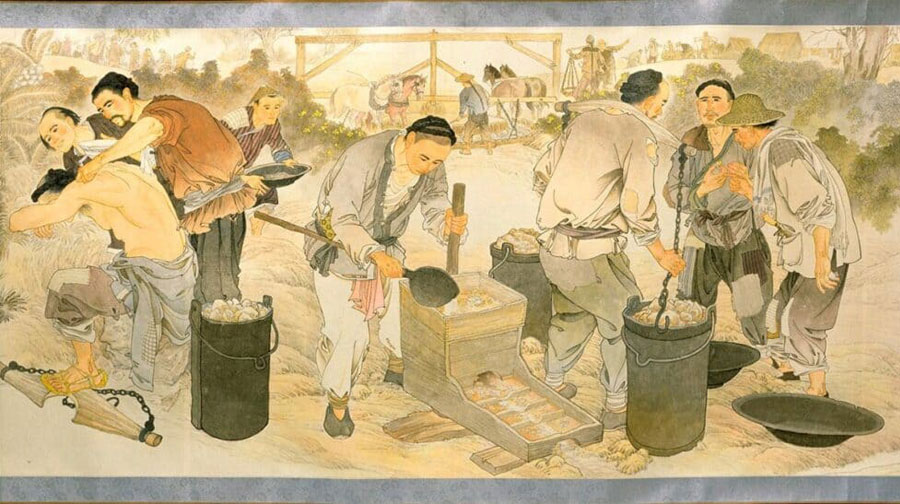
After the gold rush, 1877-1901
The epoch of the gold rush in Australia came to an end in the 1870s. From 1873 to 1877 the goldfields at the Palmer River in Queensland attracted nearly 20,000 Chinese workers.
After the gold rush, most miners returned to China. Those who settled in Australia turned to work in various industries, and by the 1890s were represented in a wide variety of occupations: market vendors, shopkeepers, tobacco farmers, cooks, carpenters. Some worked as clerks and interpreters.
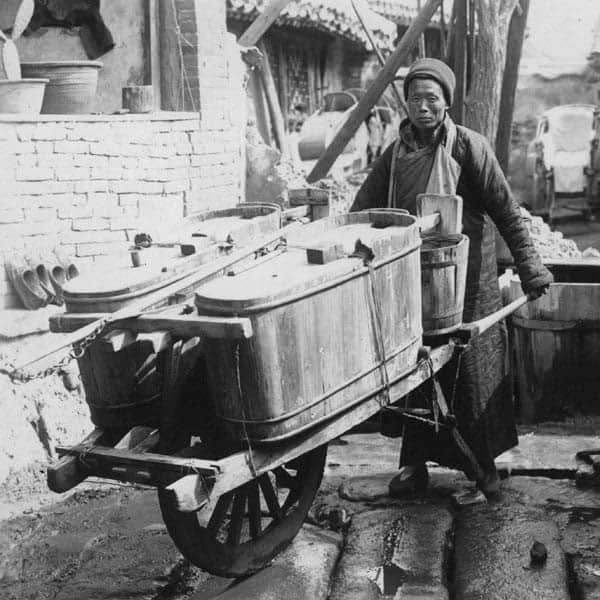
The number of Chinese residents in New South Wales kept growing and, in the early 1900s, they formed a significant part of the population.
However, in 1901 another Immigration Restriction Act was issued that stopped migration. By the new policy, new arrivals were required to undergo a language dictation test. It was expected that the majority wouldn’t pass, so the Act did cut the migration down.
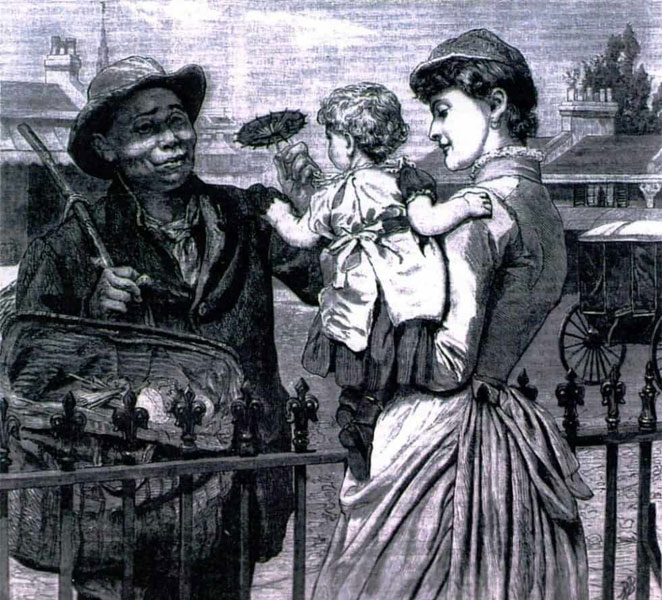
Contribution to Australian Society
The contribution of the Chinese to Australia’s social, economic and cultural development cannot be underestimated.
The largest influx of immigrants throughout the 19th century changed the demographics of early Australia. Previously the population was made up predominantly of Aboriginals and Torres Strait Islander people and immigrants from the British colonies. By the 1900s the Chinese constituted the major proportion of the population.
The urban economic development would not be the same either, without the Chinese. Chinatowns sprang up across Australia in the major areas that they lived and worked in, such as the goldfields. The Chinatowns didn’t just offer accommodation for the communities. Many businesses opened up there, including eateries, groceries, markets, laundries and groceries. The Chinese became the main suppliers of services and products like tea, furniture, silk, and food for the colonies.
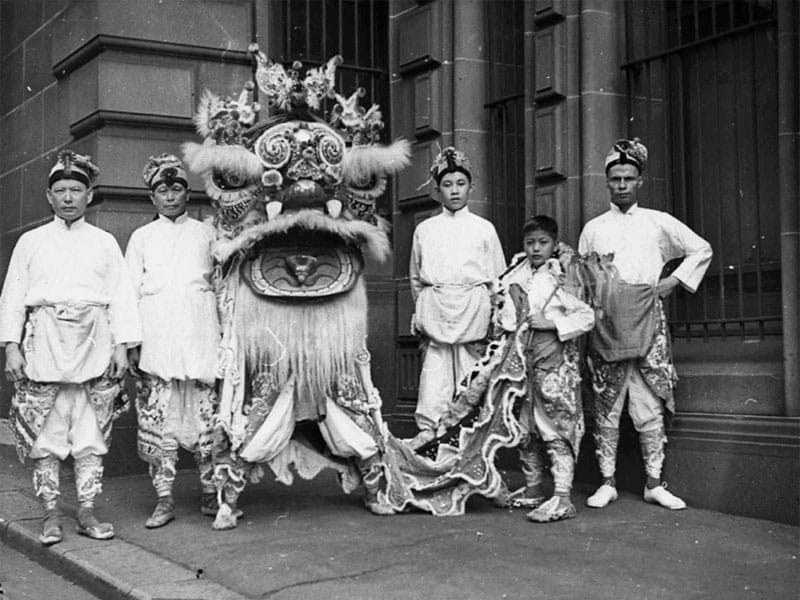
Melbourne Chinatown
If you live in or have visited Melbourne, you’ve most likely seen Melbourne’s Chinatown. It stretches from the eastern end of Little Bourke Street to the corners of Swanston and Spring Streets. Numerous laneways with vibrant restaurants and stores keep attracting tourists as well as Melbourne residents of all backgrounds. Established during the gold rush in the 1850s, it is not only the oldest Chinatown in the Southern Hemisphere but also the longest continuous Chinese settlement in the Western World!
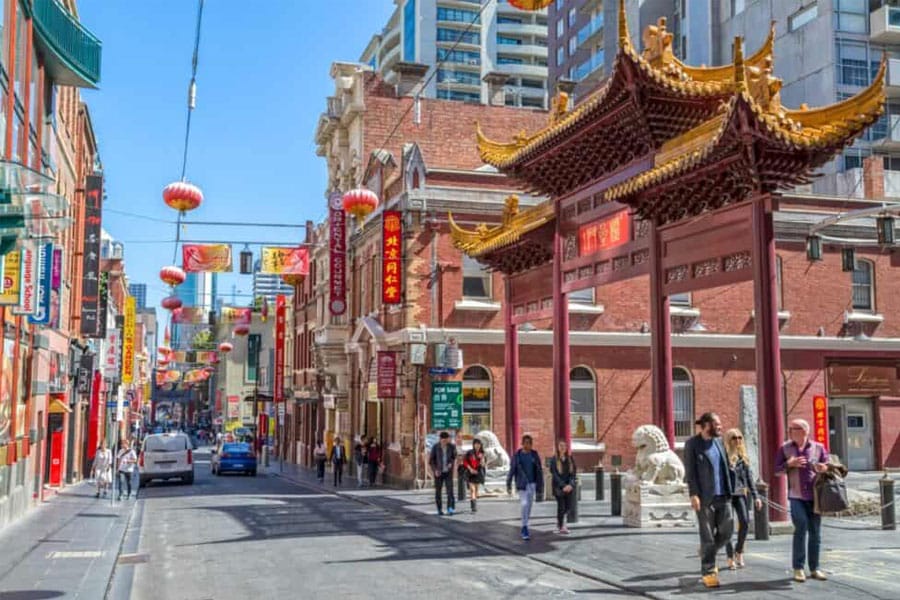
We hope that you’ve enjoyed this brief journey into Australian history and learned something new about our incredibly multicultural society.
If you want to learn more about Chinese culture, you can catch up on our Cultural Insights series here.
At The LOTE Agency, we have a passion for learning about the many different cultures that make up Australian society. We strive to understand cultures and how to effectively communicate, cross-culturally, so that our clients can reach all communities in Australia. In this way, we are working towards an Australia free from communication and cultural barriers to enhance social cohesion and inclusiveness.
